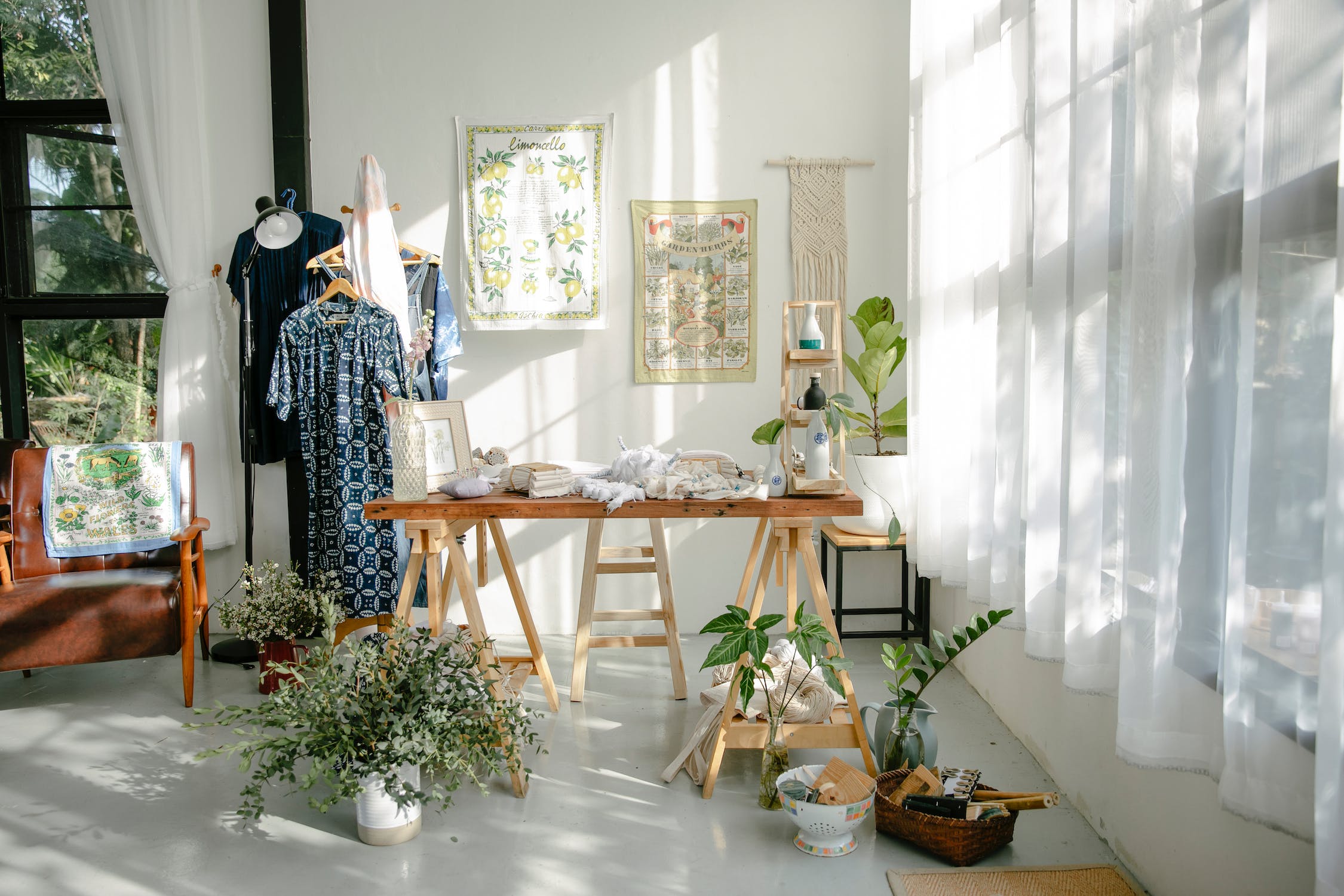

A merchandiser works like a bridge between the fashion industry and buyers. Merchandising plays a great role in the fashion industry and this dynamic field requires skilled merchandisers to develop marketing strategies, brand awareness, and showcase the product to the right customers. Hence merchandisers perform a specialized management function in the fashion industry. Which involves all the activities from fashion forecasting, product design and development to retail activity.
Merchandisers should not only love fashion but must also have keen eyes on every process of the supply chain. A fashion merchandising course typically covers various lessons such as the history of fashion, economics, textile design, production, fashion marketing, fashion buying, retail marketing, retail management, promotion, and consumer behaviour. This course is usually intended to help students who want to improve their skills relating to problem-solving, marketing, business, communication, and forecasting abilities.
In the fashion industry, there are two types of merchandisers: visual merchandisers and fashion merchandisers.
Visual merchandisers are those involved in designing the floor plan, layout, and store displays in order to make more sales. Fashion merchandisers on the hand focus on the production of fashion products and distribution. Fashion merchandisers closely work with designers to make sure that the products that are designed and produced are affordable and desirable to the consumers. Merchandising in the fashion industry revolved around large types of products from apparel and accessories to beauty and housewares.
In the fashion retail business, Visual Merchandising plays a great role in attracting shoppers to visit the store, check out items and make a purchase.
Simply put, visual merchandising is the physical presentation of items. It involves the coordination of different physical elements to project a specific style or image of the business. The sole purpose of visual merchandising is to attract and engage shoppers to generate sales.
Creating attractive visual displays, adjusting lighting systems, and organizing store items to enhance the visual elements of the store are some important roles of visual merchandisers. A visual merchandiser is also responsible for ‘the look’ of the store to promote products, brands, and in-services of the store.
By applying the best visual merchandising strategy, visual merchandisers can influence how long customers spend in the store and what actions they take. Below are some techniques visual merchandisers can implement to drive more engagement and purchases.
The more creative and unusual the window display looks. The more buyers will be attracted and interested to visit the store. Because the window display is the first point of contact with the customers, it is important to make it stunning. Decorate the display window with different props, textures, patterns, installations, and good lighting to catch the attention of people.
Keeping the same displays all year round significantly reduces the chance to make a sale. Keep things fresh in the store by updating merchandising as this will make shoppers curious to visit and check out the items.
A chaotic store makes the whole place visually less appealing to visitors. It also devalues all the products’ merits. Make sure to coordinate the stocks and tidy up the store before you open the store.
A good story sells products. Harness the art of storytelling to evoke positive emotions from shoppers. You can use elements such as layout, lighting, colour, signage, landscaping, and window display to tell a story that appeals to potential customers.
Fashion merchandisers are involved in all aspects of the merchandising process, beginning from product design to sales. They track and guide trends in fashion by working with designers, brands and manufacturers. A fashion merchandiser plays a key role in helping guide production, fashion purchasing, and guiding retailers choose their stocks.
Fashion merchandisers must be skilled in both the business and art of fashion. The role demands knowledge of the market and production processes on the one hand. And knowledge about fashion trends, materials, textures, and colours on the other. Fashion merchandisers should be able to use data and statistics to predict upcoming fashion trends and advise brands and companies on capitalizing. They must also have an eye for design and be able to analyze. And understand the form and function of fashion items.
From their expertise to analyzing past trends and sales, while considering the demands of consumers, fashion merchandisers are heavily involved in the design and development process and crucially oversee the process from start to finish.
Fashion merchandisers perform a lot of work in bridging the gap between the fashion industry and the buyers. The key responsibilities include:
As the fashion industry experiences an unparalleled shift and becomes highly competitive, the role of merchandisers becomes even more crucial. Because fashion brands and companies need merchandisers to earn a profit, the demand for highly skilled and knowledgeable merchandisers in the fashion industry is high.
If you love fashion and are interested in the fashion business management, then visual merchandising or fashion merchandising might be an ideal career option for you. If you want to master your merchandising skills and build your career in this ever-growing fashion industry. Then apply for a fashion merchandising course at JD Institute Of Fashion Technology. This course provides education in the domain of merchandising in an intricate blend of fashion, textile, and business.
This course will cover topics like fundamentals of merchandising, market research, analysis and consumer behaviour, surface ornamentation, brand and retail management, visual merchandising, and fashion marketing among others. The course will not only enrich your skill and knowledge but will also lead you into the career path of merchandising in the fashion industry. For more information visit JD Institute.